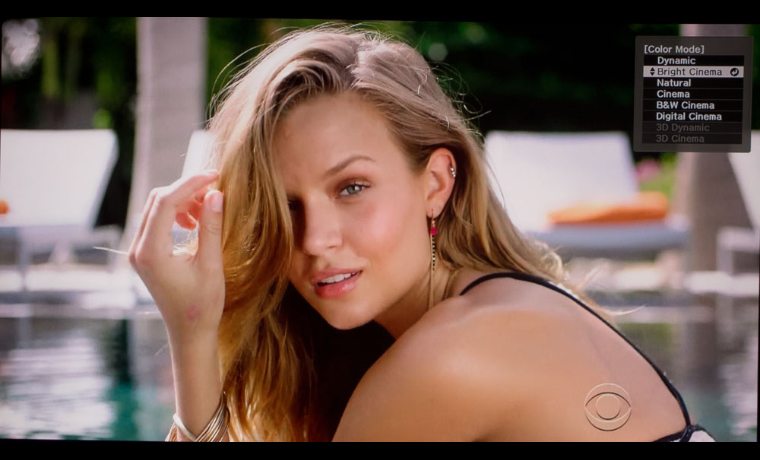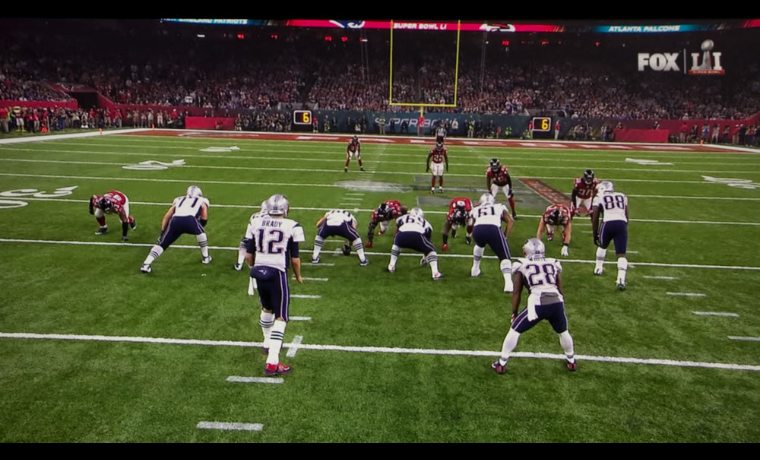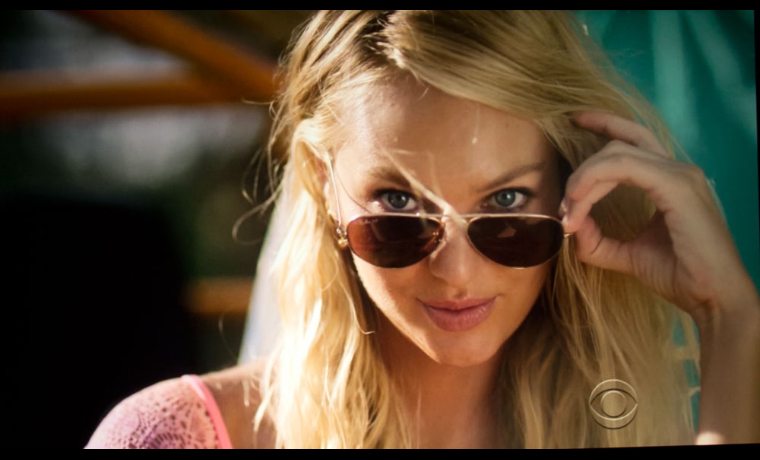Photos (Left to Right): Epson HC5040UB, Epson PC4040, Epson HC4000, Optoma UHD65
All the projectors calibrated nicely for 1080p, 1080i and 720p content. I watched sports, and even did some one-projector-on-top-of-the-other comparisons, although I didn’t feel the need to shoot photos.
We like to create two usable modes for each projector – our “bright mode” which works with the 2nd brightest available mode – the brightest tends to be extremely green/yellow, although the Epson’s less so these days than the DLPs, but still, for example, with the Epsons Eric chose Bright Cinema, not Dynamic. From there, Eric’s job is to create what I like to call a “quick-cal” taking that mode, and, without giving up more than 10-20% of brightness, come up with a bright mode, that looks pretty darn good.
We repeat the process with a “best” mode. Now, here’s where we normally get a difference between these Epsons and other projectors. Since the first UB models almost a decade ago, Epson has been putting in a “cinema” filter, as they call it. It improves the color, but at the expense of about half the brightness. This time, though, Eric went with Natural mode, which on these projectors, does not use the filter. I would have been curious to see the calibration with the regular Cinema mode, but I’m perfectly happy with his calibration of Natural.
It stacks up fine against the Optoma, and better than the Vivitek, which didn’t calibrate quite as well. Eric reports that he could not prevent the Optoma from clipping (crushing) some near whites, but when viewing content, spotting that was difficult. (Besides I’m always far more focused on crushing near blacks).
Overall, the Epsons, on many scenes – sports, as an example – produces, shall we say, slightly brighter looking grass fields, while the Optoma UHD65’s field tends to be a bit darker.
Some of this seems to be general characteristics. Some of it likely ties to gamma settings, and also Optoma’s use of Brilliant Color, which is effective at dialing up the pop of an image. Like the many Epson color controls, including dynamic ones, consider the differences one more of using processing to get the desired result, rather than the native abilities.





